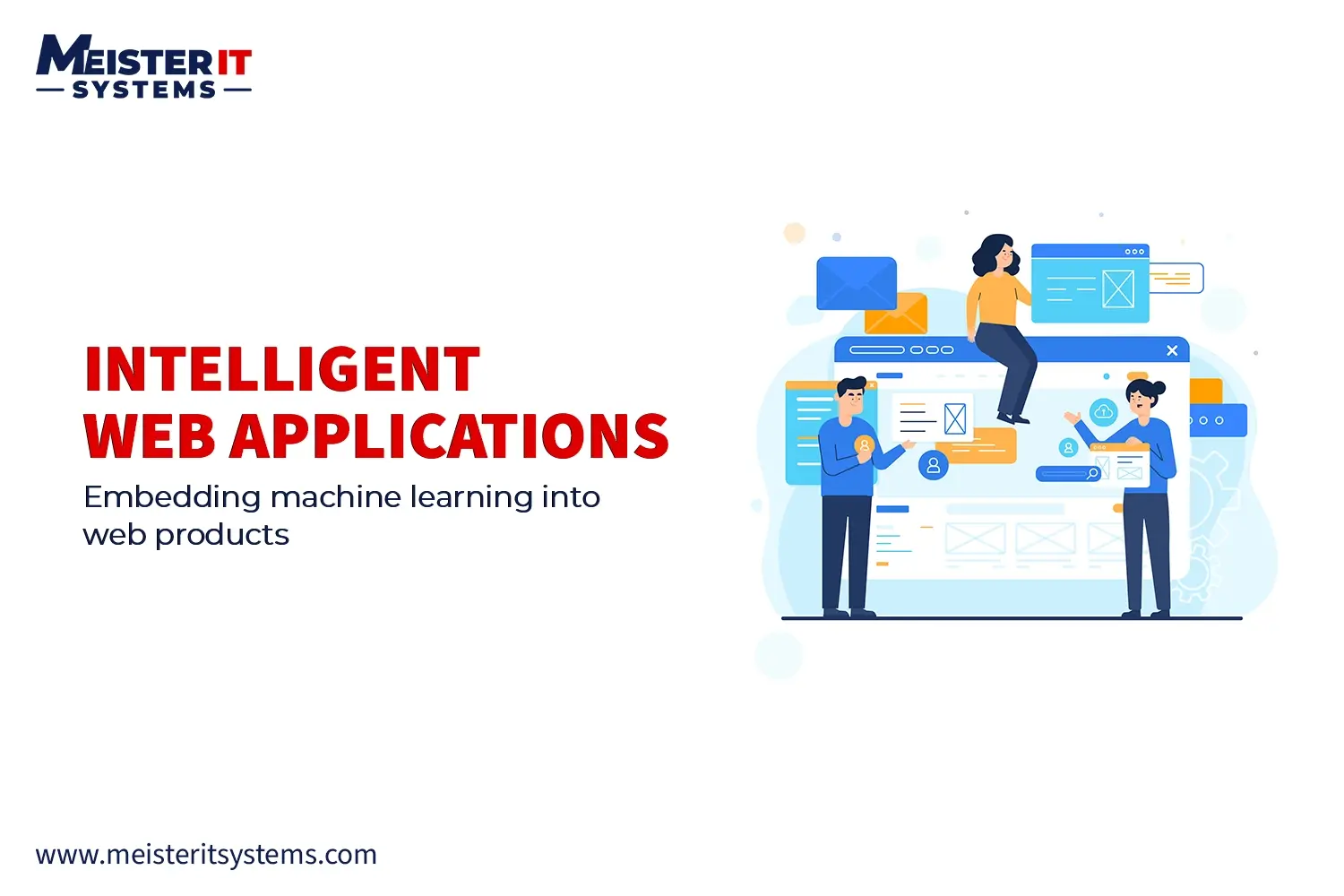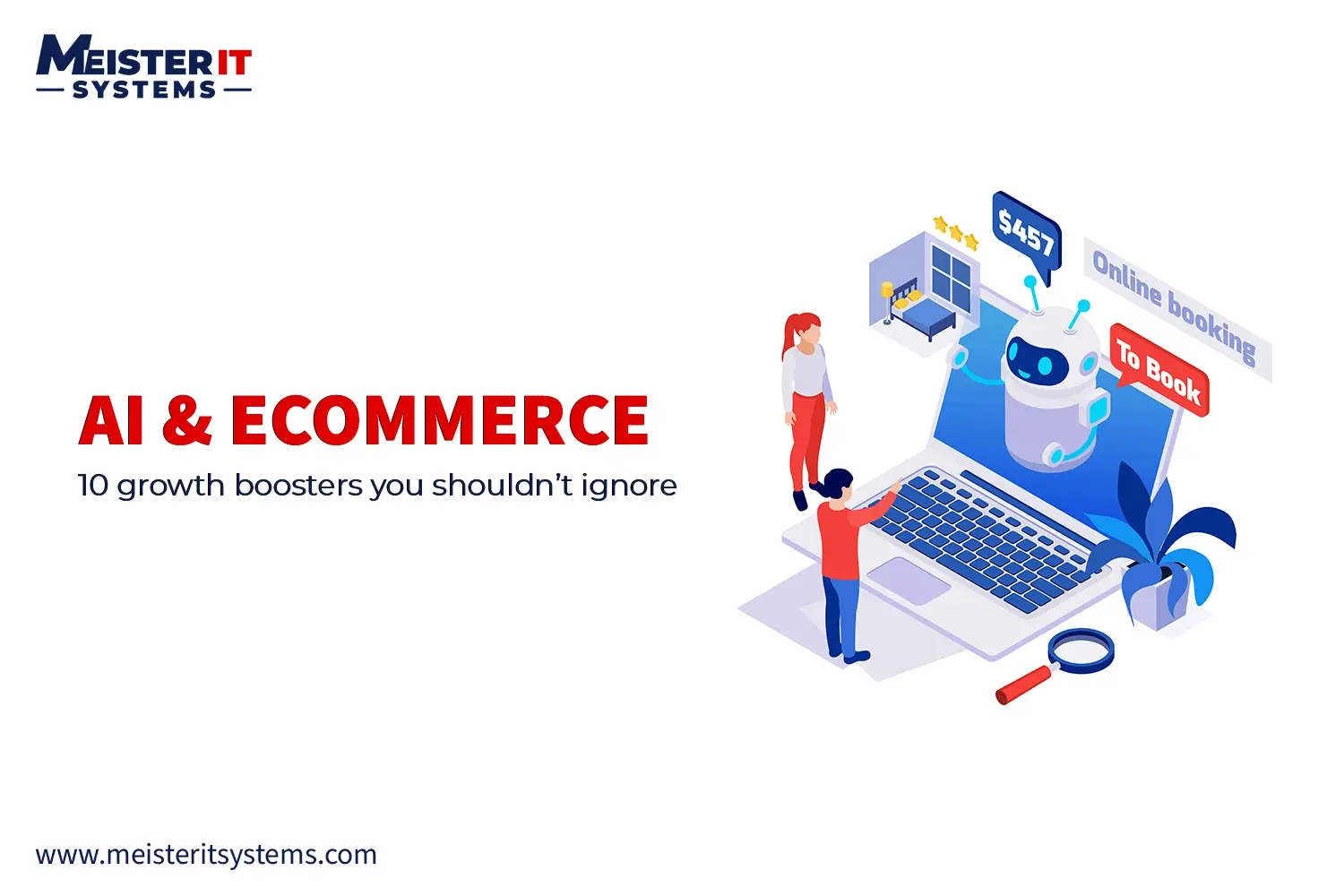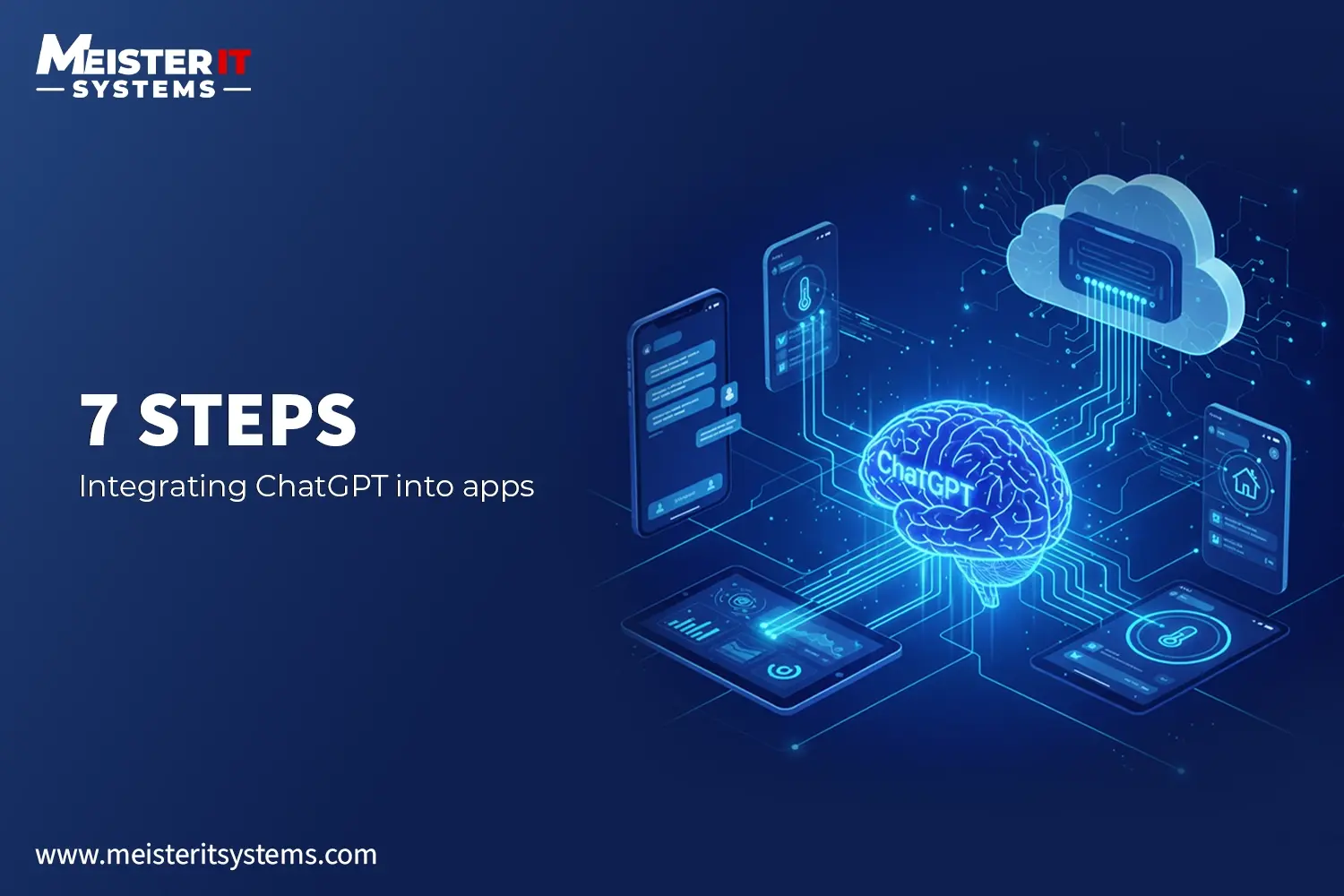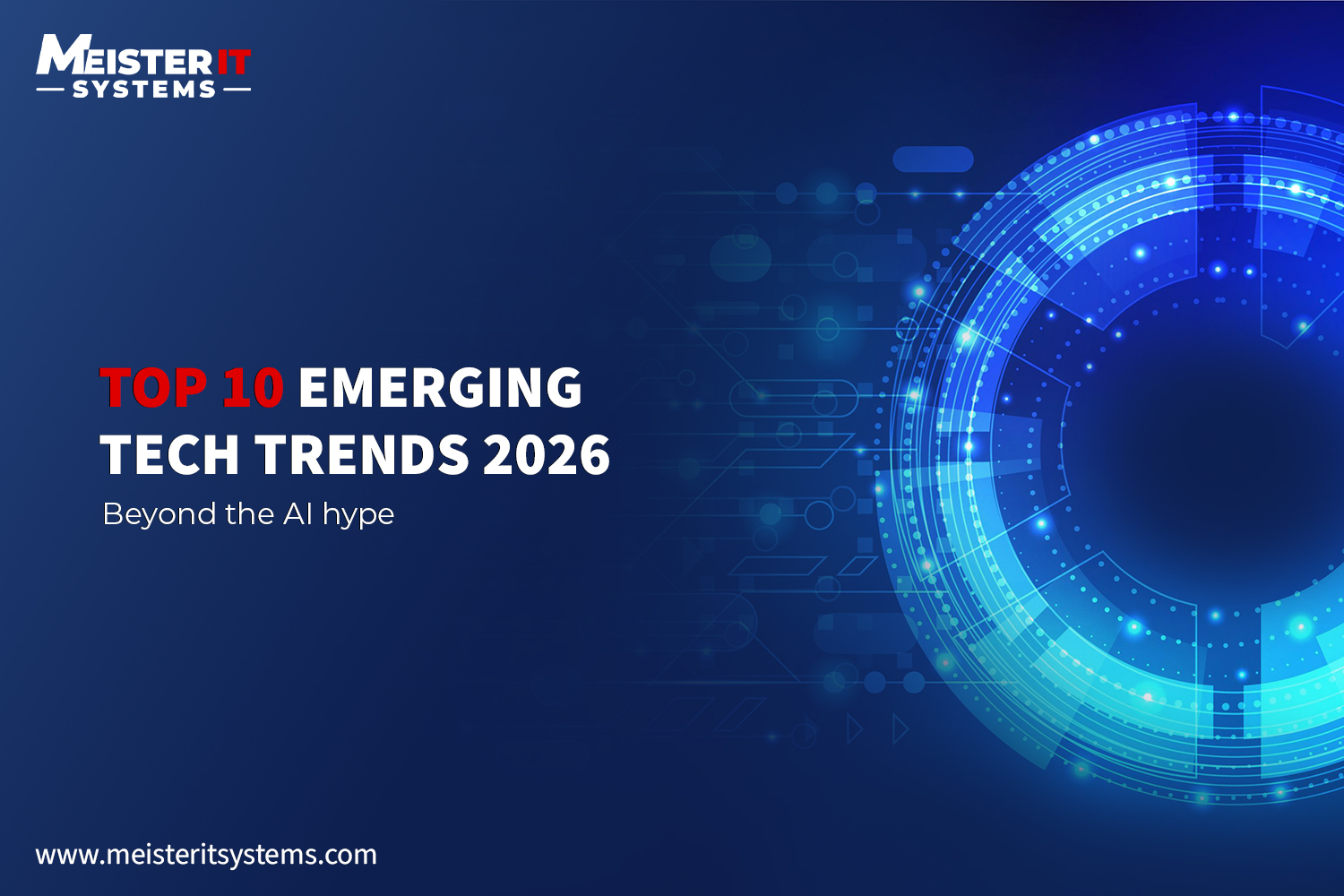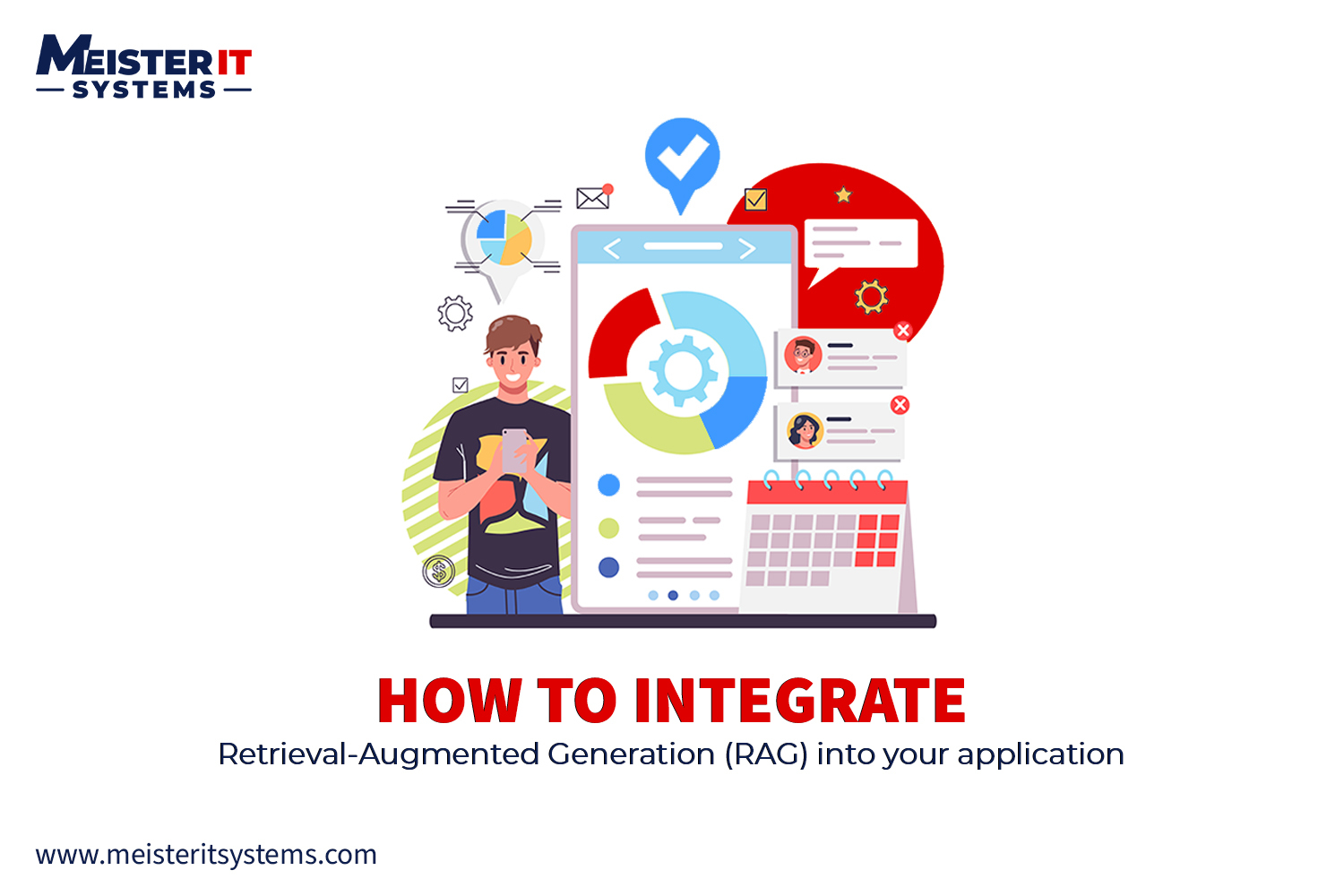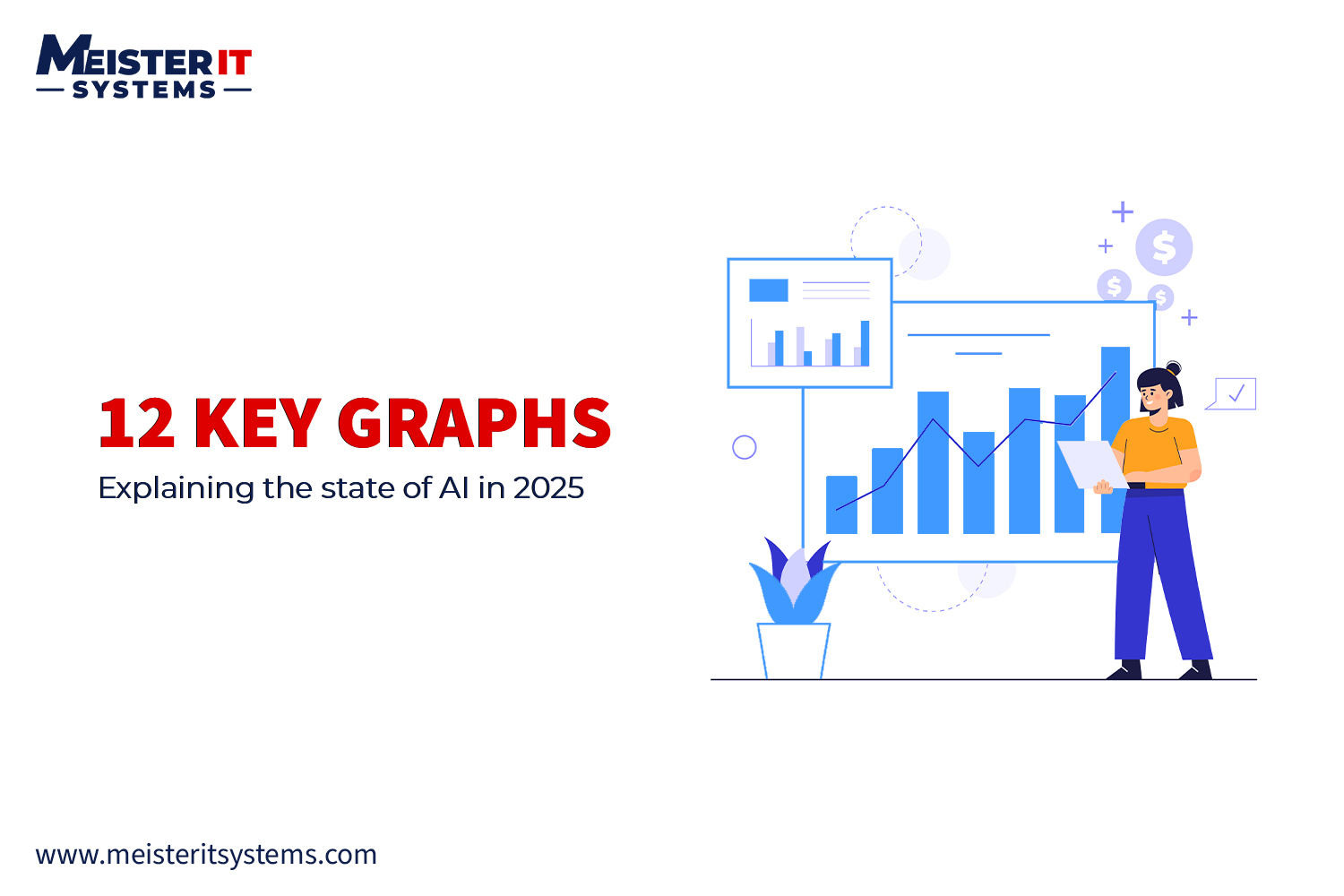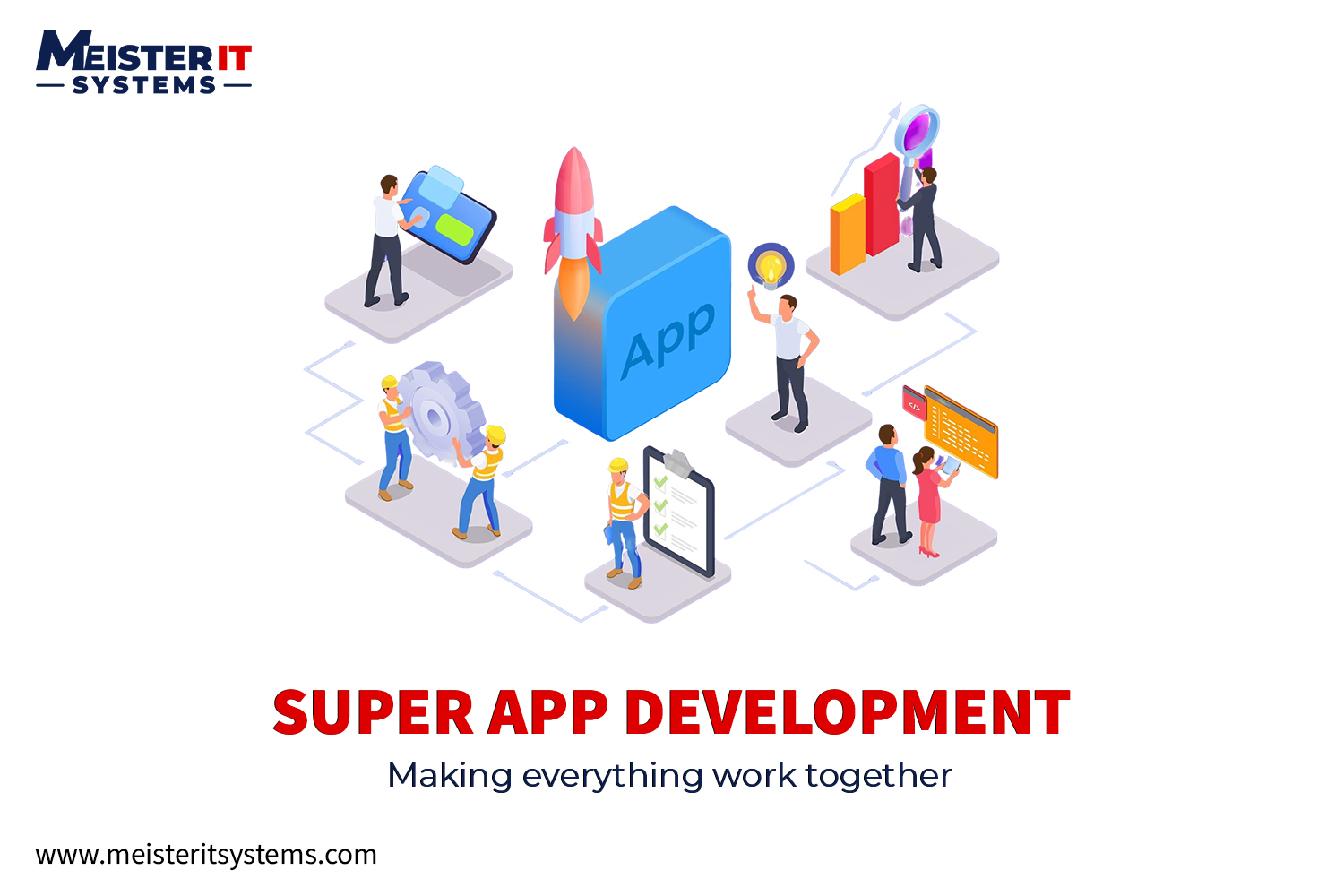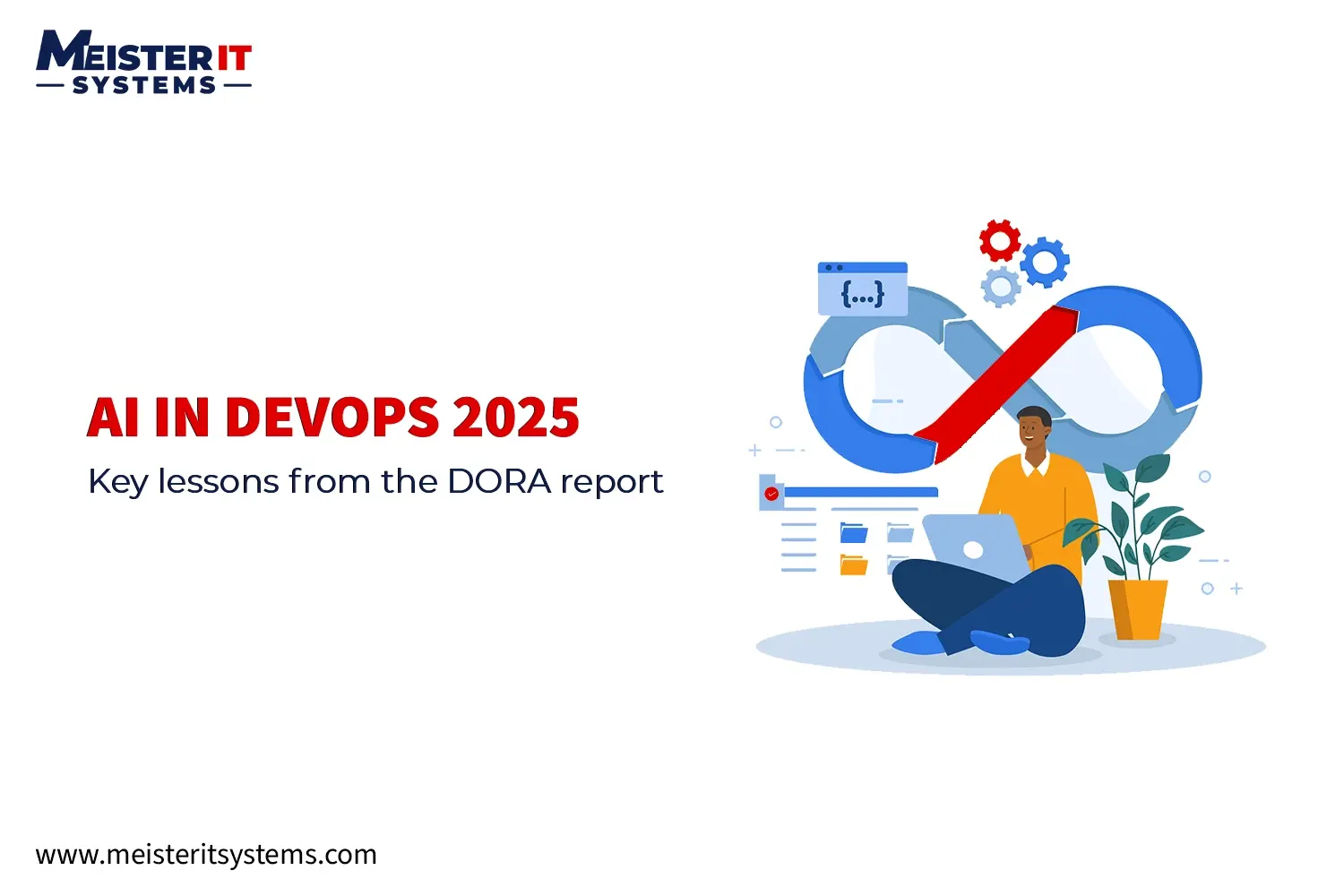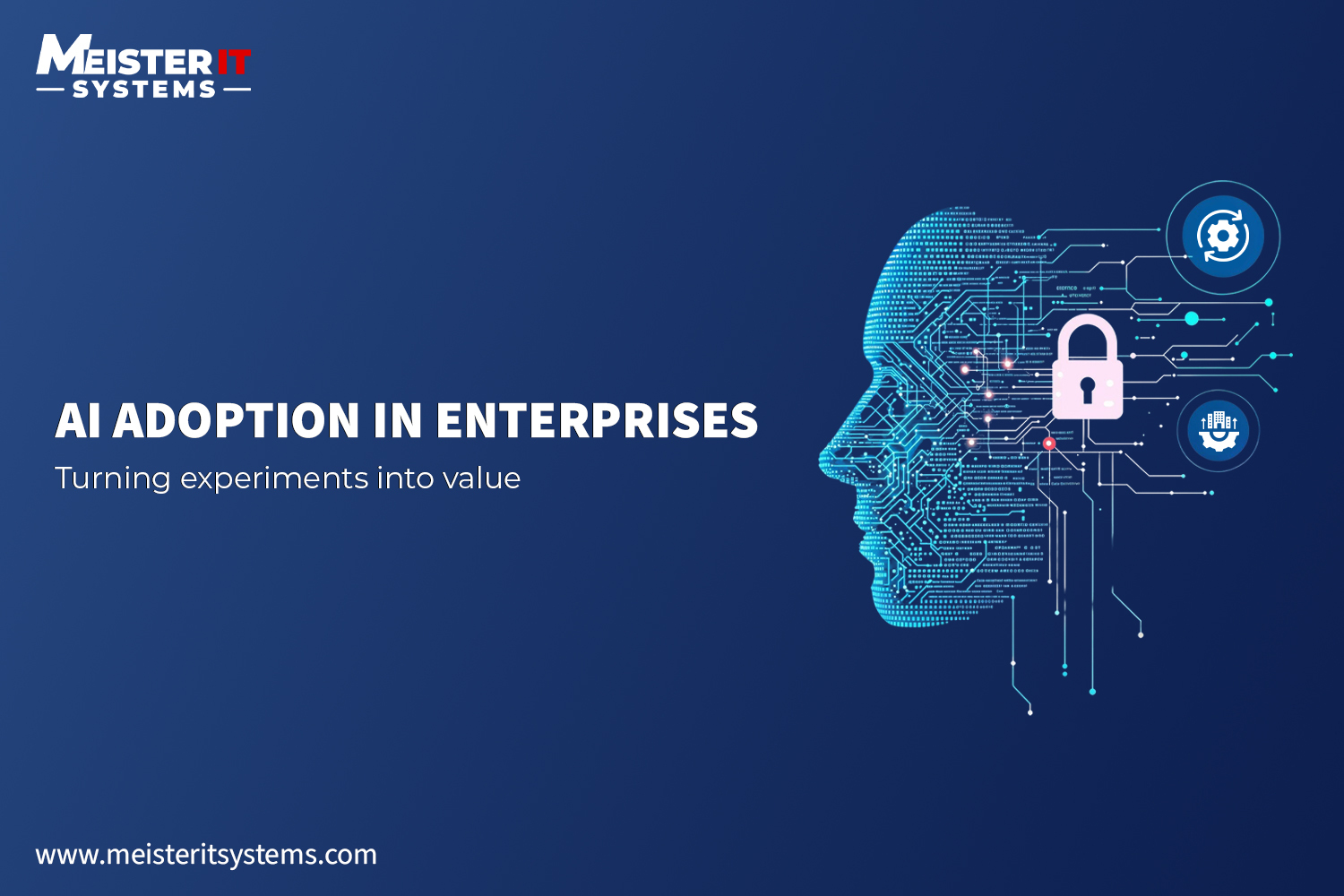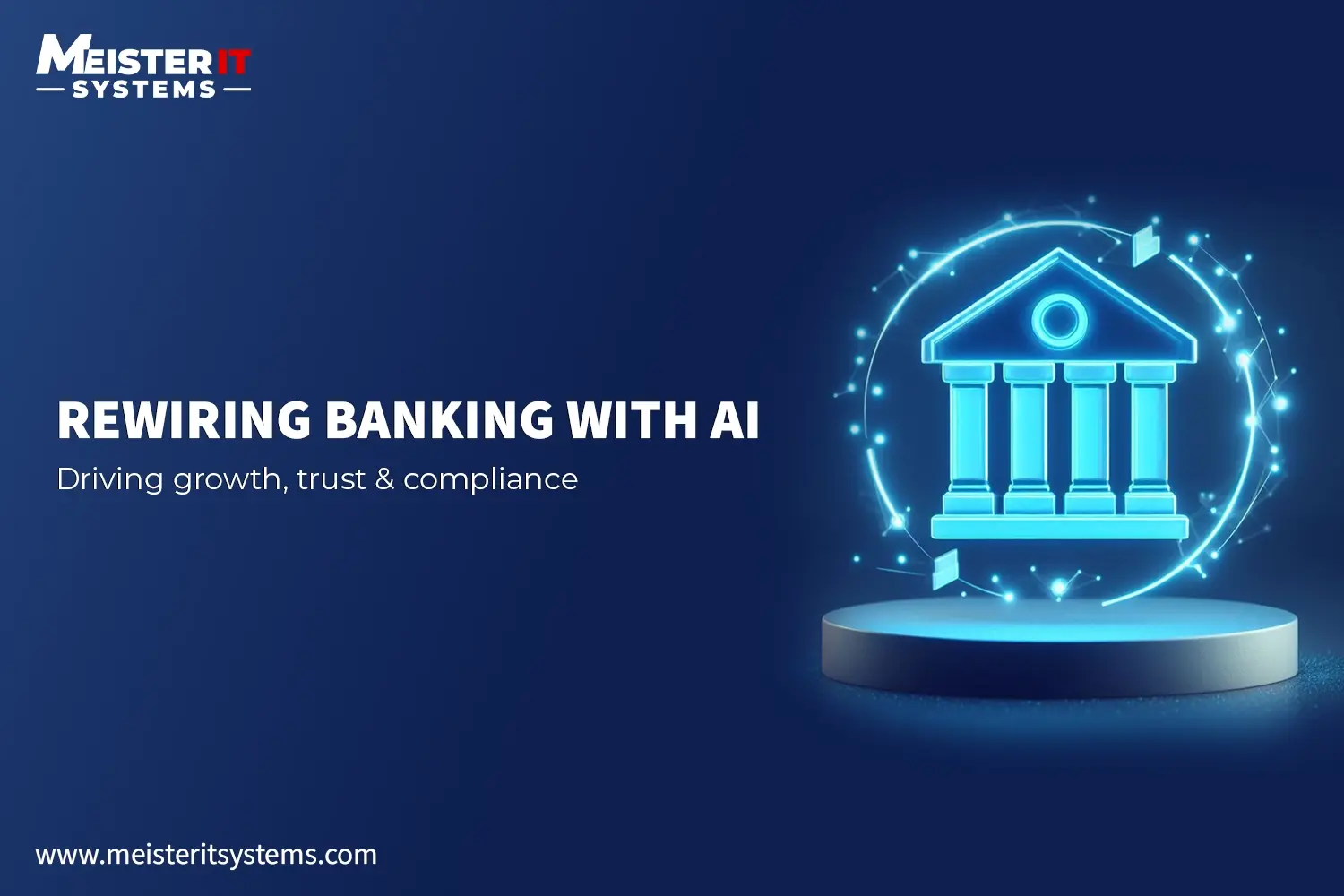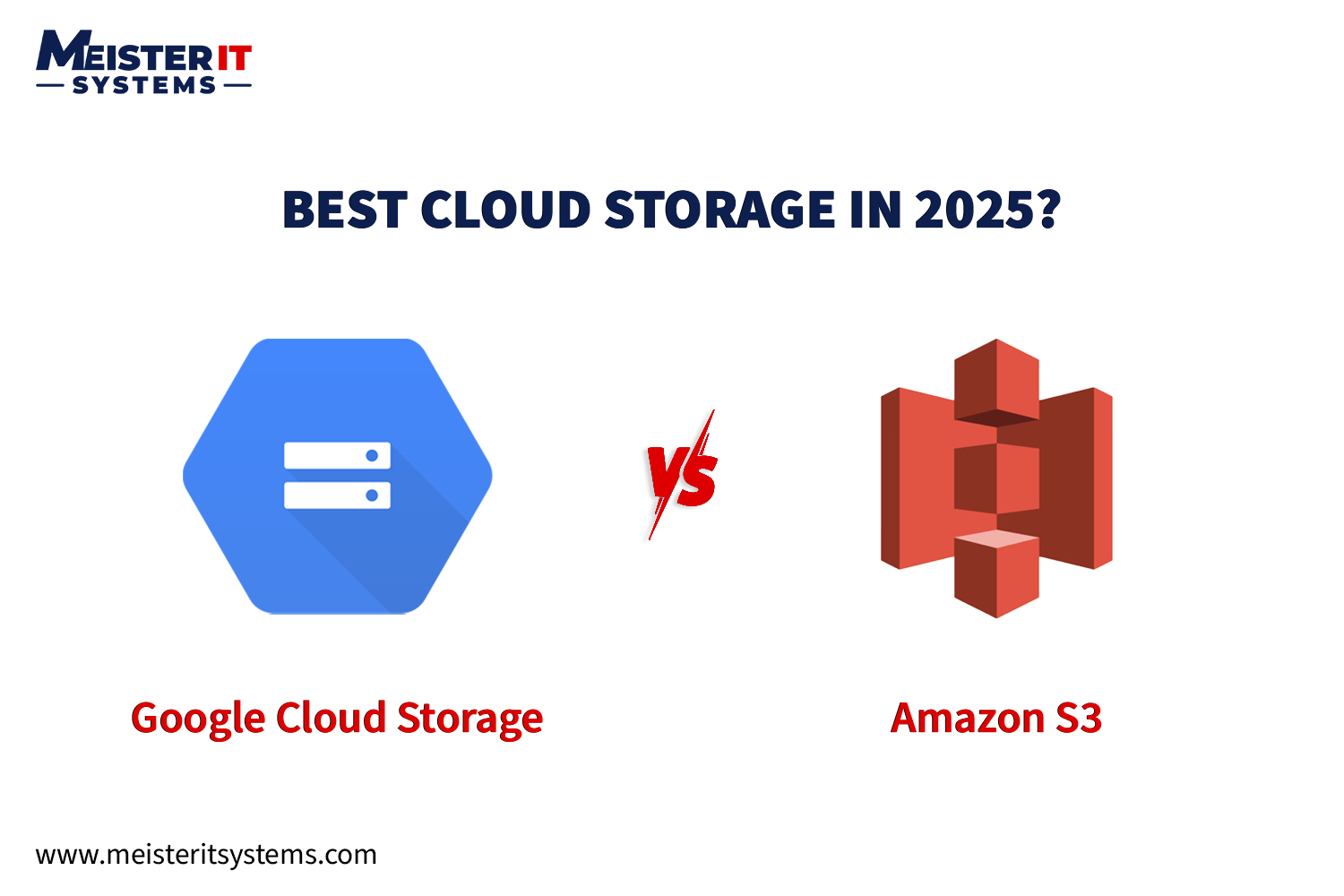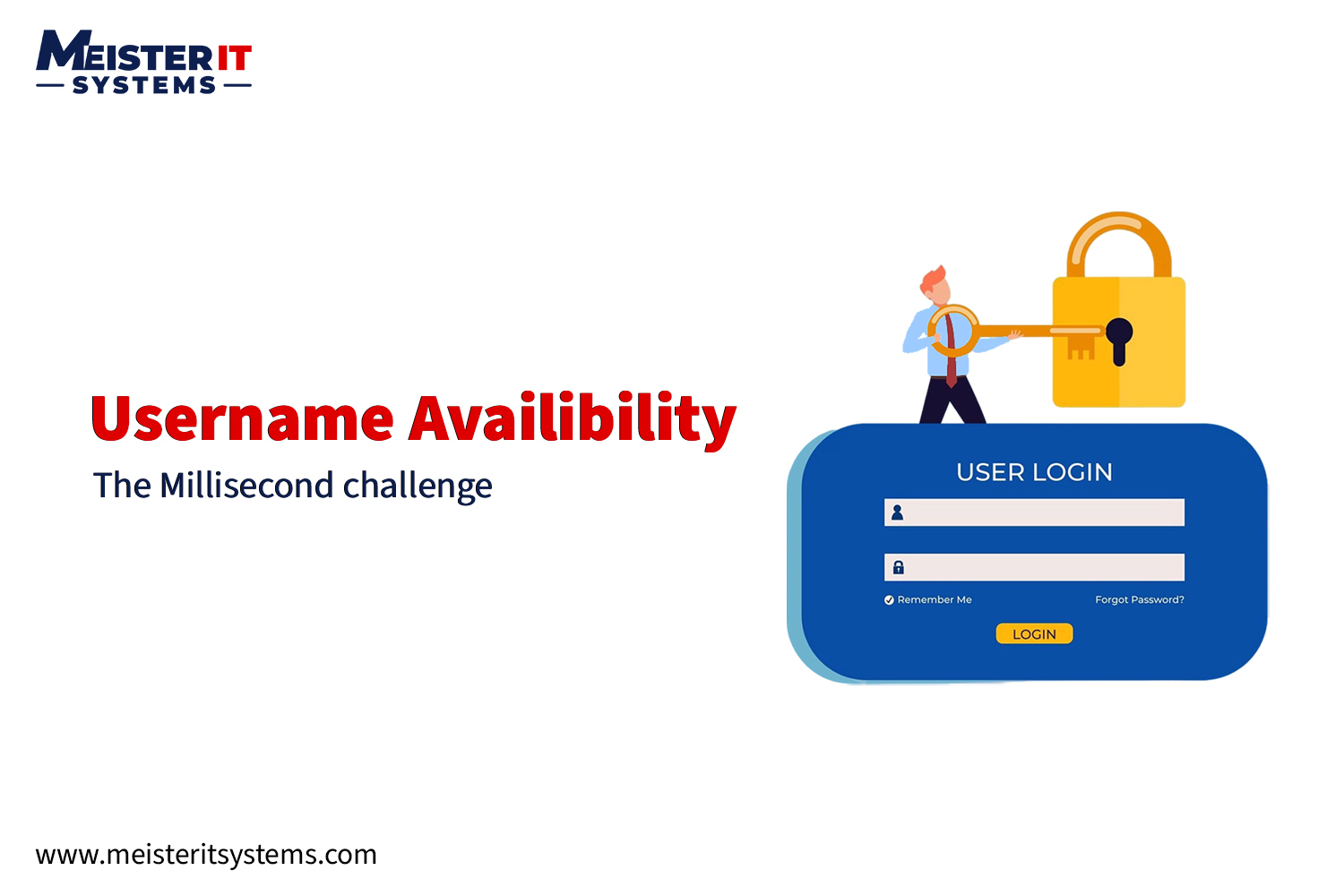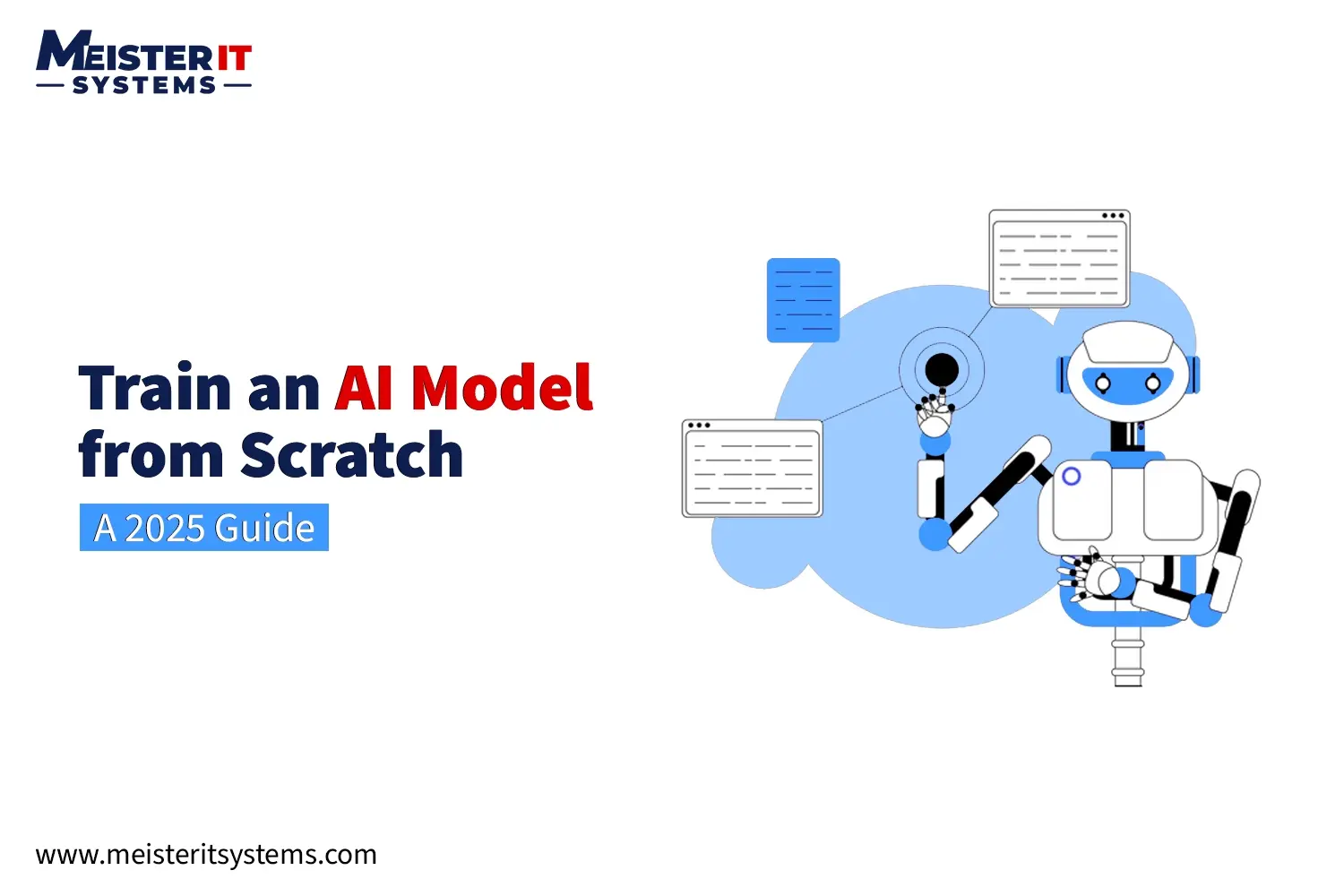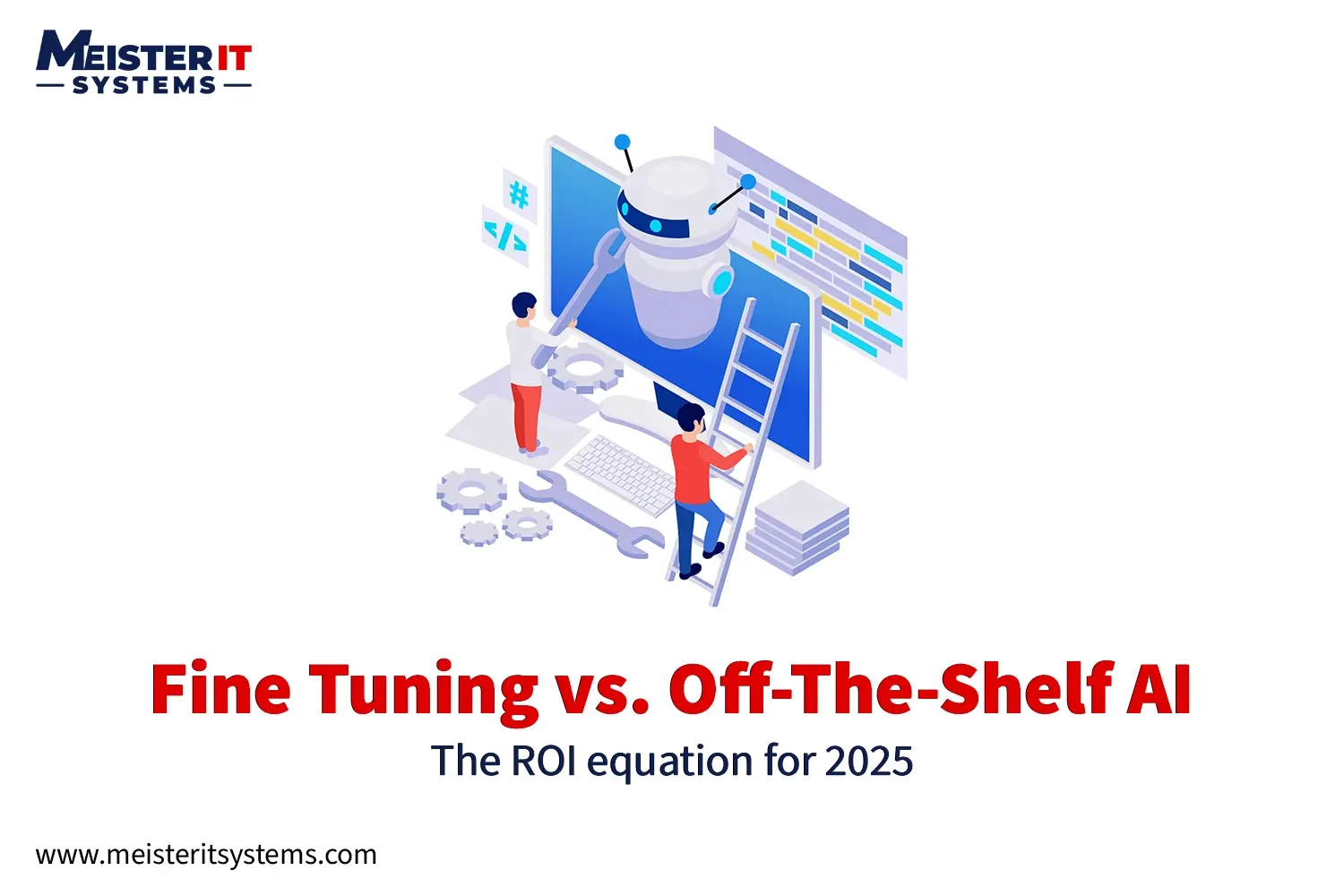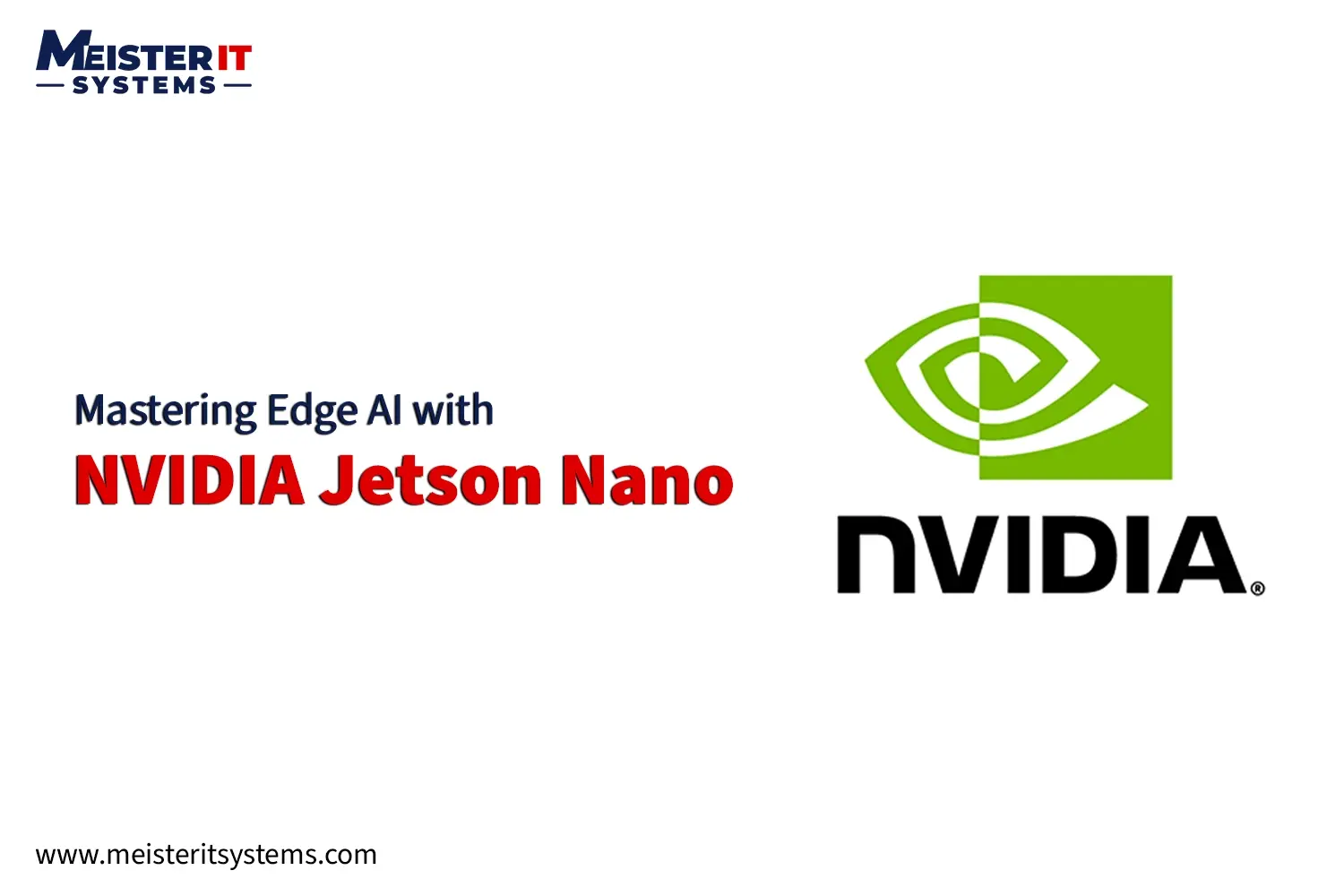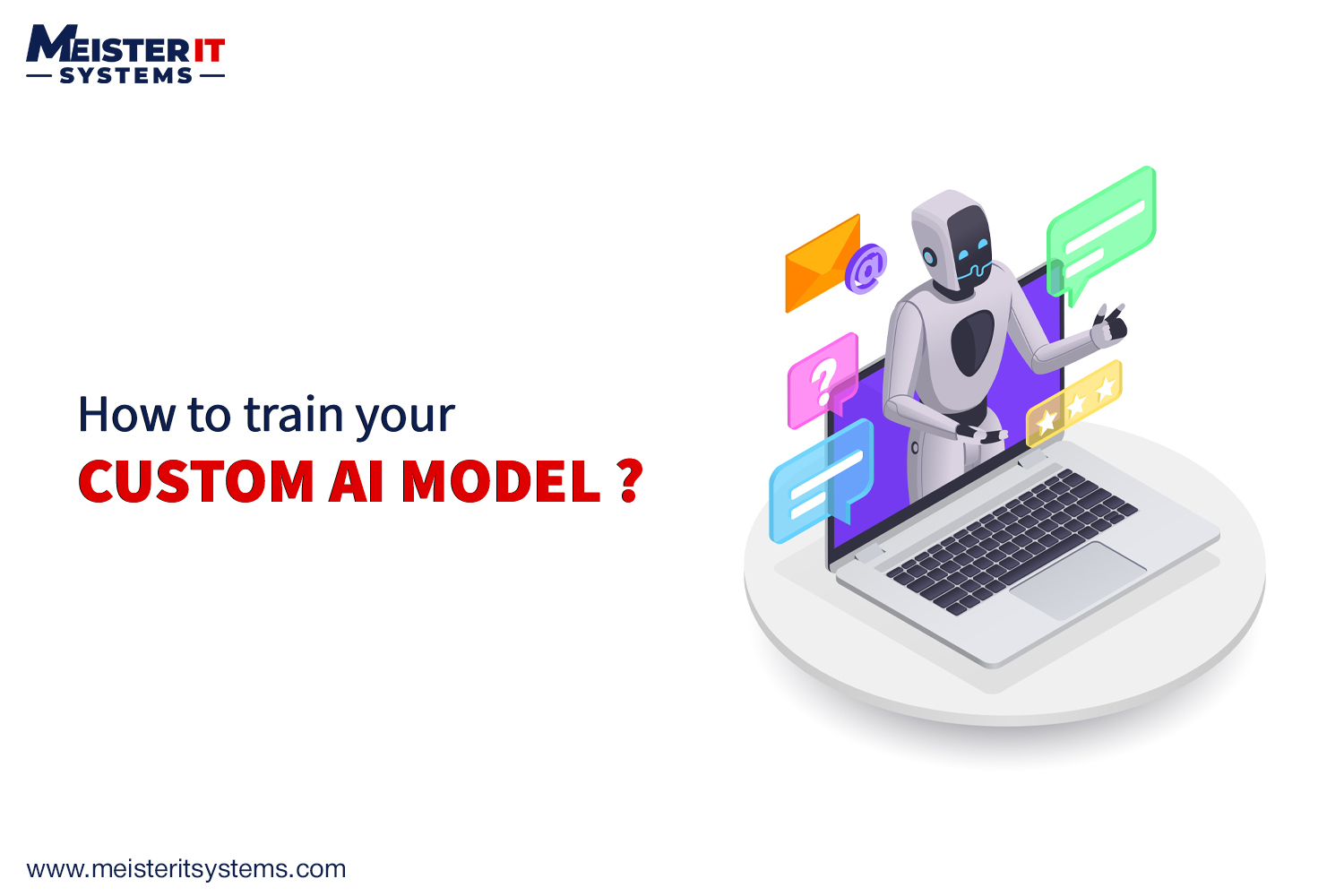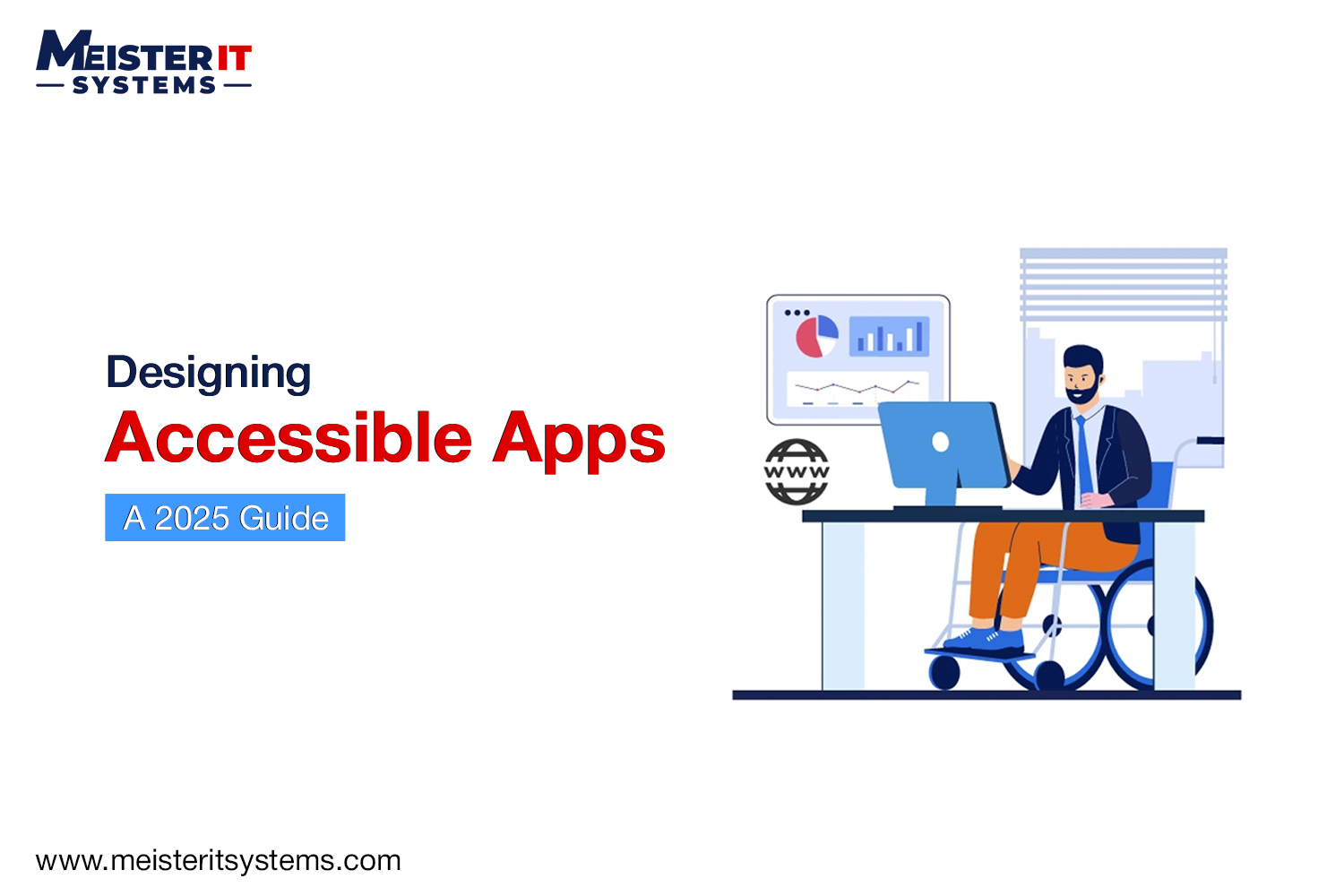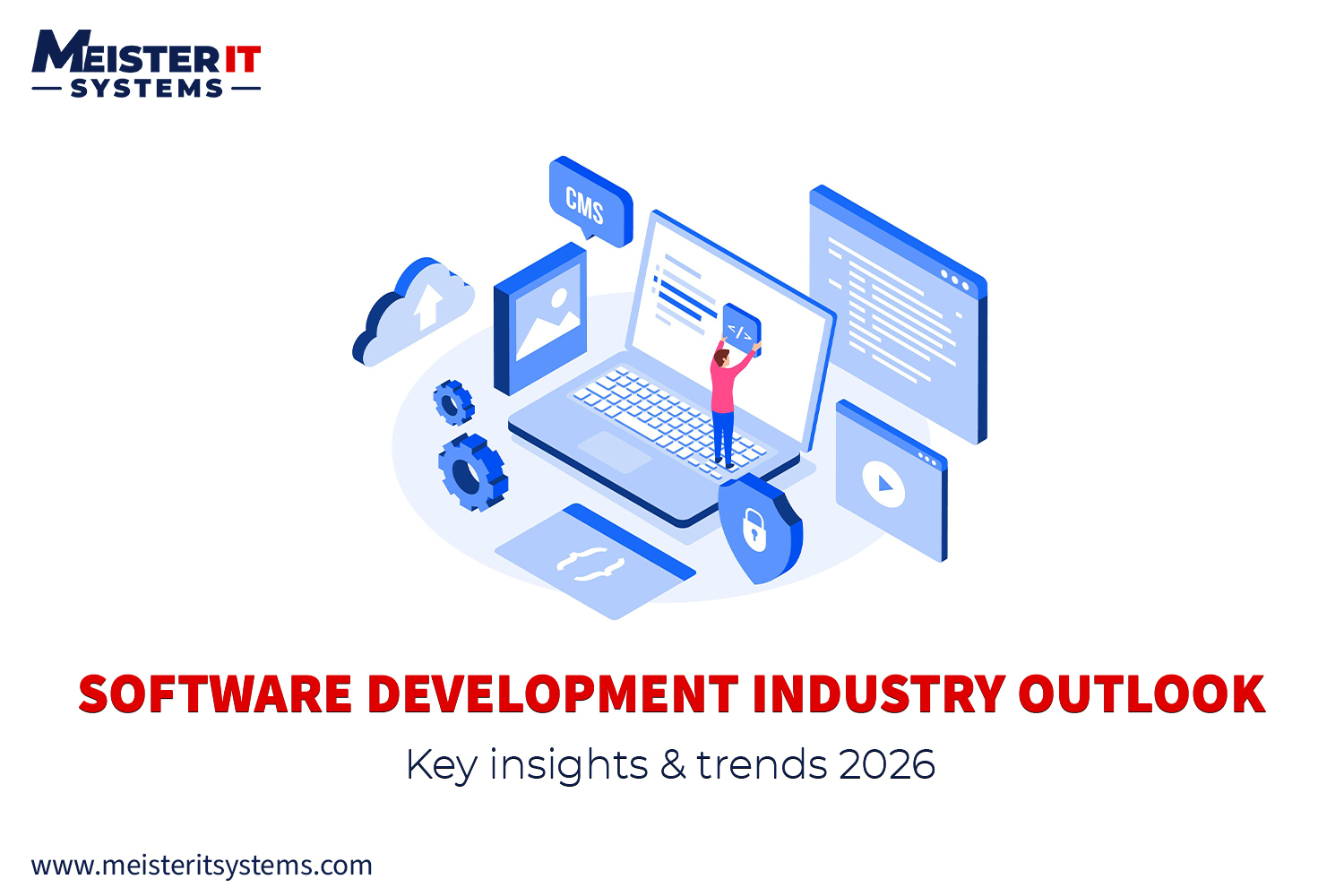
Key Takeaways
- The global software development market is projected to reach $1.397 trillion by 2030.
- AI, cloud-native development, and low-code platforms are transforming how software is built.
- Security, developer experience, and remote collaboration are essential for success.
- Industries like AI, cybersecurity, and enterprise modernization will drive software demand.
Introduction
Software development is now the backbone of modern business. From startups to global enterprises, companies rely on software to power apps, automate workflows, and enable AI-driven decision-making.
In 2025, AI adoption, cloud computing, and low-code platforms accelerated across industries. Looking ahead to 2026, these trends will intensify, creating opportunities and challenges for developers, CTOs, and technology teams.
This guide explains the trends shaping software development and their practical implications for teams and organizations worldwide.
1. The Software Market Keeps Growing
The global software development market is expected to reach $1.397 trillion by 2030, growing at 11% per year. Strong growth in 2025 has laid the groundwork.
Drivers of growth:
- AI adoption: Companies are automating tasks and building smarter applications.
- Cloud migration: Remote and distributed development continue to expand.
- Digital transformation: Businesses demand software that connects data, speeds processes, and improves customer experience.
What this means: Newcomers have more opportunities to grow in tech, while CTOs must adapt quickly to avoid falling behind.
2. AI Is Changing How Software Gets Built
Artificial Intelligence has moved from a feature to a core part of software development. AI tools like GitHub Copilot, Amazon Q, and ChatGPT now help developers write, debug, and optimize code faster. By 2026, over half of all new code is expected to involve AI assistance.
Key impacts:
- AI handles repetitive coding and documentation.
- Developers focus on architecture, problem-solving, and creative design.
- Teams deliver products faster with fewer errors.
Action for CTOs: Train teams in AI-assisted coding and integrate AI into workflows to maintain competitiveness.
3. Cloud-Native Development Is the Standard
Cloud-native development is now the default approach. Using tools like Kubernetes, Docker, and serverless computing, developers build flexible, scalable applications. By 2026, about 70% of global organizations are expected to use microservices, which are independent components that can be updated independently.
Benefits:
- Developers write cleaner, modular code.
- CTOs can update systems faster, reduce downtime, and scale on demand.
4. Security Starts at Development
In 2025, security began shifting from an IT-only responsibility to a development-first design. By 2026, secure-by-design principles will be standard.
Key trends to watch:
- Zero-trust models: Every request is verified, even from trusted users.
- AI-based monitoring: Detecting unusual activity in real time.
- Compliance-first design: Especially for finance, healthcare, and government systems.
Why it matters: Speed cannot come at the expense of security. Companies that get this right build trust faster.
5. Low-Code Platforms Empower Non-Developers
Low-code and no-code platforms allow non-technical teams to build software. Tools like Mendix, OutSystems, and Power Apps enable app creation through visual workflows instead of code.
Impact:
- Rapid prototyping and testing ideas without full development.
- Automation of small tasks to free up developers.
- Supports developers, but does not replace them.
The low-code market grew significantly in 2025 and is expected to expand 25% annually by 2026.
6. Outsourcing and Remote Teams Remain Key
Outsourcing continues to be an effective way to scale software development. By 2026, the global IT outsourcing market is expected to reach $720 billion. Companies collaborate with teams in Asia, Eastern Europe, and Latin America to access skilled engineers at competitive costs.
The modern outsourcing approaches:
- Hybrid setups combine in-house and remote developers.
- Outcome-based partnerships focus on results, not hours.
- Dedicated teams ensure long-term quality and continuity.
Takeaway: Outsourcing is now about strategic delivery and global collaboration, not just cost savings.
7. Developer Experience (DevEx) Matters More Than Ever
Happy developers build better software. By 2026, demand for skilled engineers will exceed supply by over 20%, forcing companies to compete on more than just salary.
Developer experience focuses on:
- Smooth collaboration and fewer blockers.
- Modern tools that reduce repetitive work.
- Faster onboarding for new engineers.
Outcomes: Investing in DevEx improves talent retention, productivity, and software quality.
8. Industries Driving Software Demand
Certain sectors will lead software investment in 2026:
- AI and automation: Predictive analytics and generative design tools are becoming critical.
- Cybersecurity: Every business handles sensitive data that must be protected.
- Enterprise modernization: Cloud-based ERPs, CRMs, and data platforms are replacing legacy systems.
These sectors create sustained demand for developers, AI engineers, and DevOps experts.
9. What 2026 Will Demand From Software Development
The future of software is not just about apps. It is about connected systems that learn and adapt.
Expect to see:
- Greater automation across development and operations.
- Increased use of APIs and AI agents for integration.
- Software that improves itself using user data.
Success will go to companies that combine technical strength with strategic clarity, building the right systems that align with business outcomes.
Partnering for Smarter Development
At MeisterIT Systems, we help businesses plan, design, and build modern software that scales. Our team works across web, mobile, ERP, CRM, and AI-driven platforms, combining technical expertise with business insight.
Whether upgrading legacy systems, integrating AI, or building a new digital product, we turn complex ideas into reliable software ready for 2026.
Ready to build what is next?
Contact us to make your software vision a reality.
FAQs: Your Questions Answered
Q1: What are the top software development trends in 2026?
A1: AI-driven coding, cloud-native development, low-code platforms, secure-by-design systems, and a focus on developer experience.
Q2: How will AI change software development?
A2: AI will automate repetitive coding tasks, assist with debugging, and allow developers to focus on architecture and creative design.
Q3: Which industries will invest most in software?
A3: AI and automation, cybersecurity, and enterprise modernization are expected to drive the highest software demand.
Q4: What is cloud-native development?
A4: It is a method of building software for the cloud from the start, using modular components like microservices for easier scaling and faster updates.
Q5: Can non-developers build software in 2026?
A5: Yes. Low-code and no-code platforms allow non-technical teams to create apps using visual workflows without writing full code.



